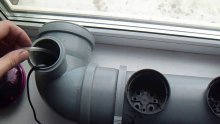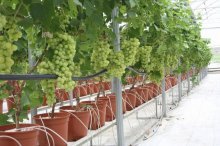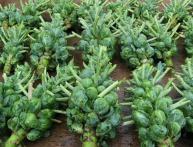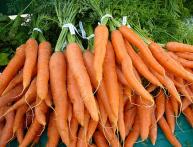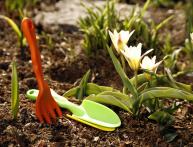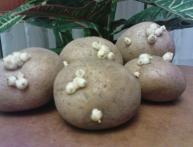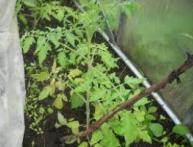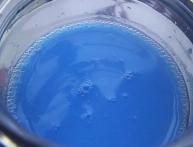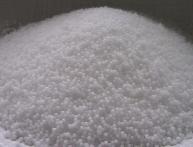Hydroponics what is it? Growing flowers
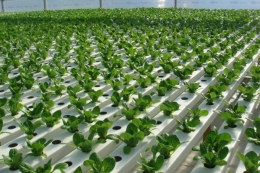
Hydroponics is a method of growing flowers without soil. At the same time, the plant takes all the useful elements necessary for growth from a special nutrient solution. This solution is prepared individually for each plant. Very often, coconut fiber is used as an organic substrate. It is represented by ground coconut shells and bast, from which iron and magnesium salts have already been washed. This substrate acts as the initial soil for the roots.
Content:
- Advantages and disadvantages of hydroponics
- Substrates and solutions for hydroponics
- Pots for growing hydrocultures
Advantages and disadvantages of hydroponics
Increased flowering and plant productivity. Plant growth occurs much faster than in soil. Plants do not absorb harmful substances that can harm human health (nitrates, heavy metals, toxic organic compounds, etc.). No need for daily watering.
You need to add water in different quantities for each plant. For example, for one plant water is added once a month, and for another - once every three days. Plants do not suffer from waterlogging or drying out. With the help of hydroponics, the process of transplanting plants into soil is significantly improved. Thus, the plant roots are not injured and quickly take root in the soil.
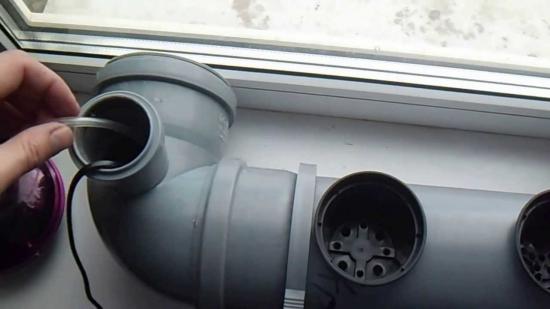
Simplicity in care. Plants are not polluted or damaged by pests. Minimum material costs.There is no need to constantly buy new soil. There is also no need to treat the soil with pesticides. As for the disadvantages, these include the high cost of the system itself. Another disadvantage is the length and complexity of the process.
Substrates and solutions for hydroponics
Expanded clay, mineral wool, nylon, foam rubber, or other chemical neutral fibers can be used as a substrate. To control the level of solution in the pots, you need to place a tube with a float there. On this tube you need to make marks “optimal”, “minimum” and “maximum”. In order for the plant to have access to oxygen, not all roots need to be in water.
You should also ensure that the roots do not entangle the float, otherwise it will show incorrect data. Expanded clay is a lightweight and porous material made by firing clay. Basically, it has an oval or round shape. The ceramic crust of the material has high moisture capacity, good porosity and low weight. Perlite, which is a volcanic rock, is also used as a substrate.
DIY hydroponics video:
When heated, perlite increases in size up to twenty times. This type of substrate is used when storage flower bulbs in winter. Agroperlite maintains the required level of humidity and temperature, while preventing the roots from rotting.
You can also use agrovermiculite. This mineral increases productivity and is considered medicinal. It also prevents mold and prevents pests from affecting the plant. Agrovermiculite improves soil structure and increases oxygen capacity.When a mineral is introduced into the soil, it begins to absorb all harmful chemical compounds, radionuclides and heavy metal ions.
The result is always organic fruits and vegetables. As for solutions for hydroponics, they must consist of a complex of all necessary nutrients. Houseplants have different developmental phases. As the plant grows and develops, it needs to be fertilized periodically. With the onset of spring, plants require a lot of nitrogen.
To form fruits, you need to fertilize the substrate with phosphorus and potassium. Since plants become less active in autumn, potassium must be used to increase winter hardiness.
All fertilizers generally contain average proportions of NPK and are supplied to plants throughout the year. When preparing solutions, it is necessary to dissolve each substance separately in a small amount of water. Iron is considered the most capricious element, as it leaves a rusty residue. To prevent rust, iron is replaced with iron sulfate.
Initially, you need to prepare a concentrated solution of lemon acid and iron sulfate. These elements must first be dissolved in water separately. Knop solution is added to the resulting mixture in an amount of one liter.
Pots for growing hydrocultures
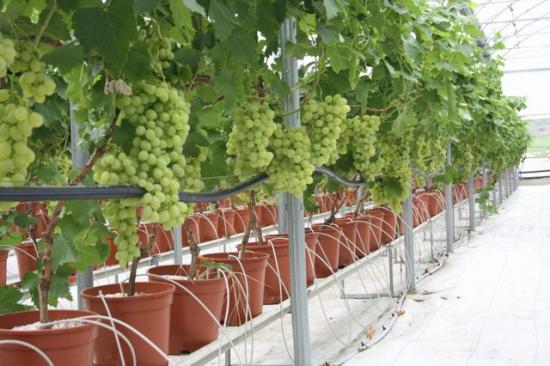
Hydroponic pots can be easily prepared at home. For growing plants, two pots are mainly used - large and small. The small pot will contain the plant itself, while the large pot will serve more of a decorative function. The container used for hydroponics must be chemically inert, as it will contain acidic nutrient solutions.
If the dishes are chosen incorrectly, the acidity of the solution itself may change and the plant will die as a result. For greater safety, the inside of the container can be treated with a layer of asphalt varnish.
When inserting a small pot into a large one, leave a gap of about eight to ten centimeters between them. You can also place the inner container in large-diameter pots so that there is a large supply of nutrients. solution.

